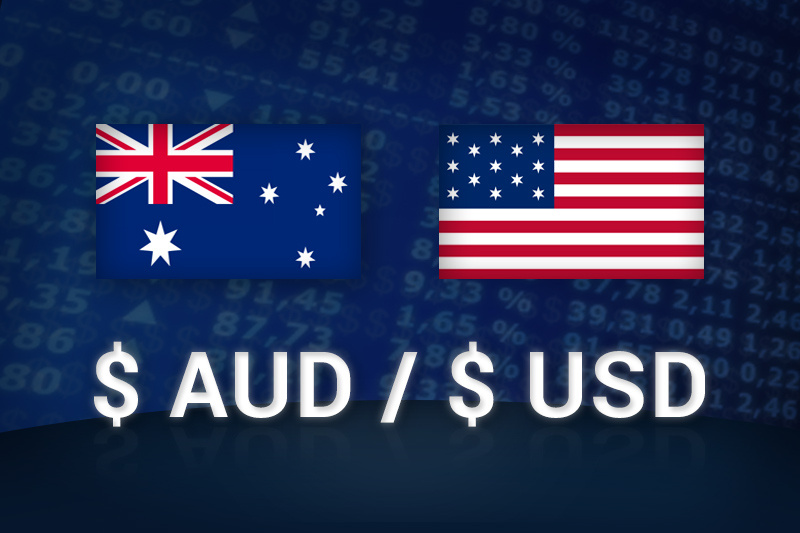Investing.com - The Australian dollar pushed higher against the U.S. dollar on Tuesday, following data showing an improvement in China’s manufacturing sector, but gains were limited as concerns over the situation in the euro zone weighed.
AUD/USD hit 1.0309 during late Asian trade, the session high; the pair subsequently consolidated at 1.0287, gaining 0.29%.
The pair was likely to find support at 1.0242, Monday’s low and resistance at 1.0363, Monday’s high.
Investor sentiment found support following a report showing that China’s HSBC purchasing managers index improved to 49.5 in July, its highest level since February, from a final reading of 48.2 in June.
While the index remained below the 50 level which indicates contraction, the improvement from the previous month eased concerns over a slowdown in the world’s second largest economy.
Meanwhile, Reserve Bank of Australia Governor Glenn Stevens said Tuesday that Australia’s economy was becoming strong enough to cope with global shocks arising from the euro zone debt crisis or a slowdown in China and added that current monetary policy was appropriate.
But the Aussie’s gains were held in check amid concerns over the worsening situation in the euro zone after rating’s agency Moody’s cut its outlook on Germany to negative from stable overnight.
The Aussie was trading within striking distance of a record high against the euro, with EUR/AUD down 0.37% to 1.1768.
Later in the day, the U.S. was also to release preliminary data on manufacturing activity, while Federal Reserve Chairman Ben Bernanke was to speak.
AUD/USD hit 1.0309 during late Asian trade, the session high; the pair subsequently consolidated at 1.0287, gaining 0.29%.
The pair was likely to find support at 1.0242, Monday’s low and resistance at 1.0363, Monday’s high.
Investor sentiment found support following a report showing that China’s HSBC purchasing managers index improved to 49.5 in July, its highest level since February, from a final reading of 48.2 in June.
While the index remained below the 50 level which indicates contraction, the improvement from the previous month eased concerns over a slowdown in the world’s second largest economy.
Meanwhile, Reserve Bank of Australia Governor Glenn Stevens said Tuesday that Australia’s economy was becoming strong enough to cope with global shocks arising from the euro zone debt crisis or a slowdown in China and added that current monetary policy was appropriate.
But the Aussie’s gains were held in check amid concerns over the worsening situation in the euro zone after rating’s agency Moody’s cut its outlook on Germany to negative from stable overnight.
The Aussie was trading within striking distance of a record high against the euro, with EUR/AUD down 0.37% to 1.1768.
Later in the day, the U.S. was also to release preliminary data on manufacturing activity, while Federal Reserve Chairman Ben Bernanke was to speak.
